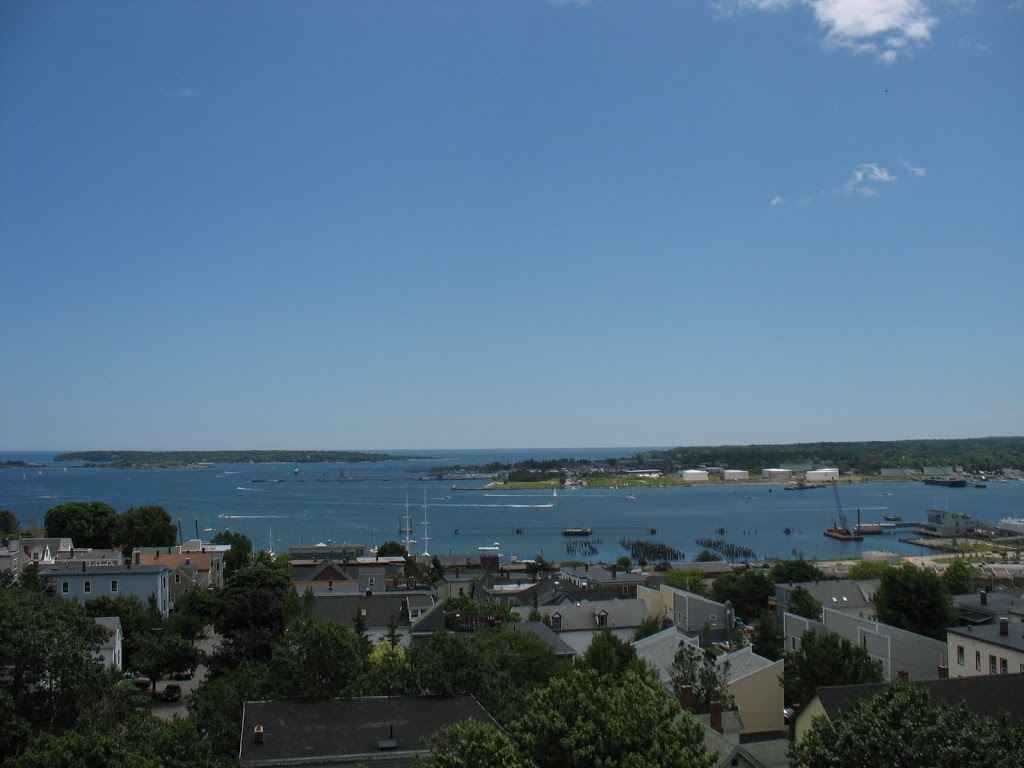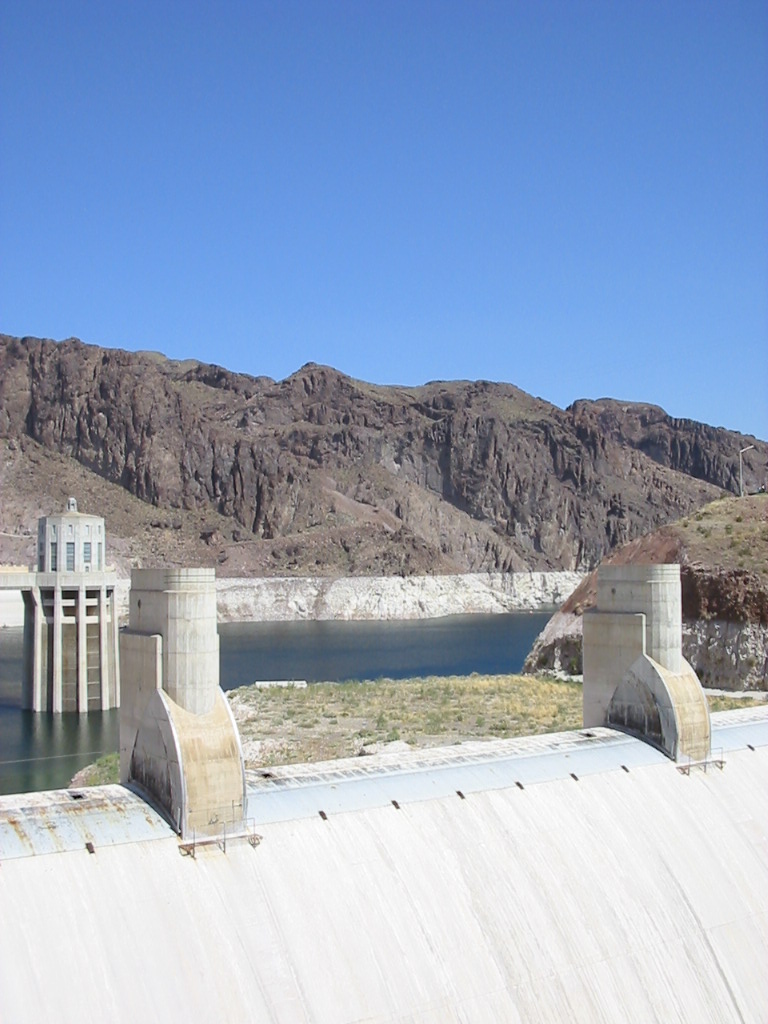 |
| Casco Bay |
over the weekend, I went to Maine for the first time. during my day in Portland, I visited the Observatory which sits atop Munjoy Hill in the East End of town. built in 1807, the 86ft tall building is the last remaining maritime signal tower in the United States and operated as a subscription service for merchants operating out of Portland Harbor. they would pay a fee to Lemuel Moody, a long-time captain turned entrepreneur, who kept watch over Casco Bay from the cupola and identified ships as they approached. having advance notice of several hours or even the better part of a day allowed merchants to hire the stevedores necessary to off-load the ships and get cargo moving quickly. ships could also convey messages to merchants, alerting them of damaged goods or other problems that arose during transport. Captain Moody also kept thorough meteorological records and eventually began offering them to the local newspaper for a fee. (our guide was quick to impress upon us the entrepreneurial nature of Moody.)
 |
| Portland Observatory from the northeast side |
the Observatory served a watchtower during the War of 1812 but the advent of the telegraph and, later, ship-to-shore radios rendered obsolete the original function of the Observatory and in 1923 it ceased operation. the City of Portland came into possession of the tower at that time and they retained it until Greater Portland Landmarks took it over. twice in the last century the structure has undergone renovations — the first as part of the Works Progress Administration (1939), and again in 1994 when an infestation of powder post beetles brought years of seeping water damage to light. despite the near total dismantling and reconstruction of the tower in 1994, much of the original material remains. prior to beginning the 1939 restoration, all original surfaces were painted a mahogany color and, as we stood on the third or fourth level with our tour guide, most of the walls and ceiling were still dark brown in color.
 |
| it’s all kinds of landmarked! |
the foundation of the structure is perhaps the most unique feature of the Portland Observatory. because a layer of granite lay six inches beneath the topsoil, there was no reasonable way to dig down an appropriate depth to support an 86ft octagonal structure. instead, Moody designed a “ballasted” footing for his tower — 122 tons of rock underneath the floor of the first level keep the building secure. almost immediately after touring the building in 2006, the American Society of Civil Engineers named it a National Civil Engineering Landmark. my guide (Bob) was nice enough to open the trap door on the first floor to let me take a peek at the ballast; it was exactly what I thought it would be — great big rocks stacked all over the floor!
(check out a real-time view of Casco Bay from atop the Observatory)








